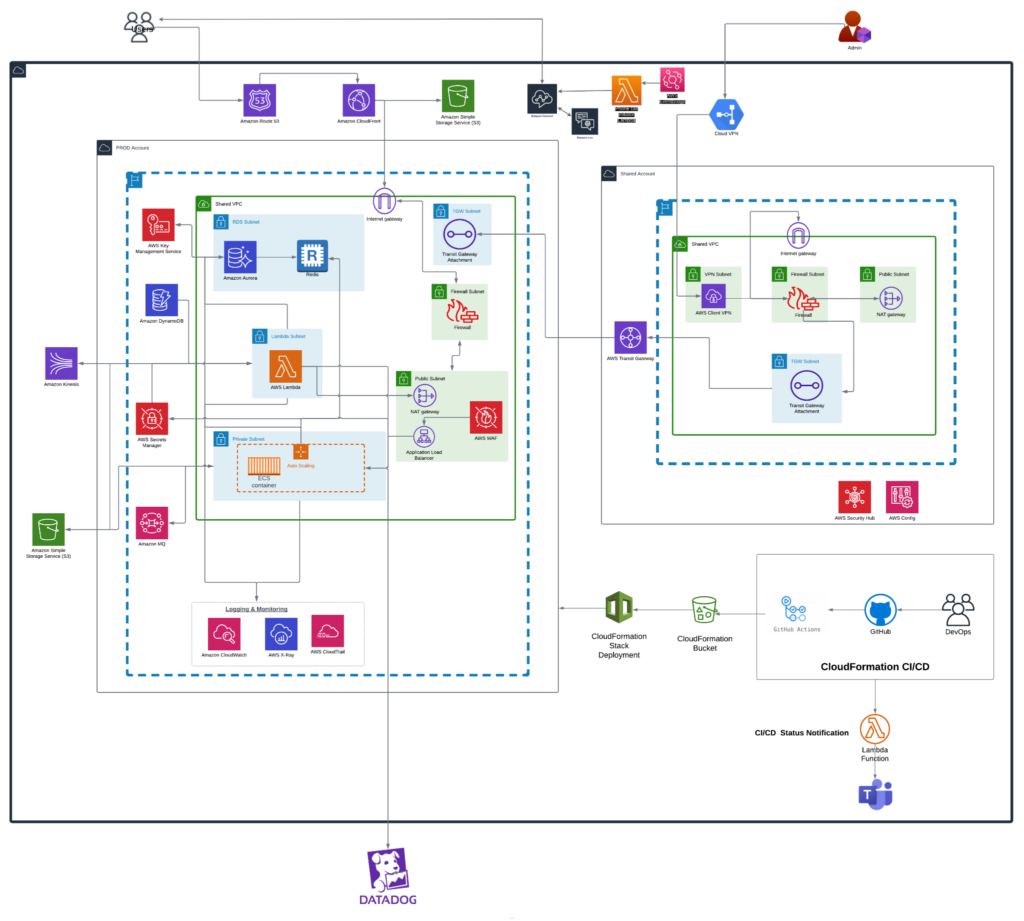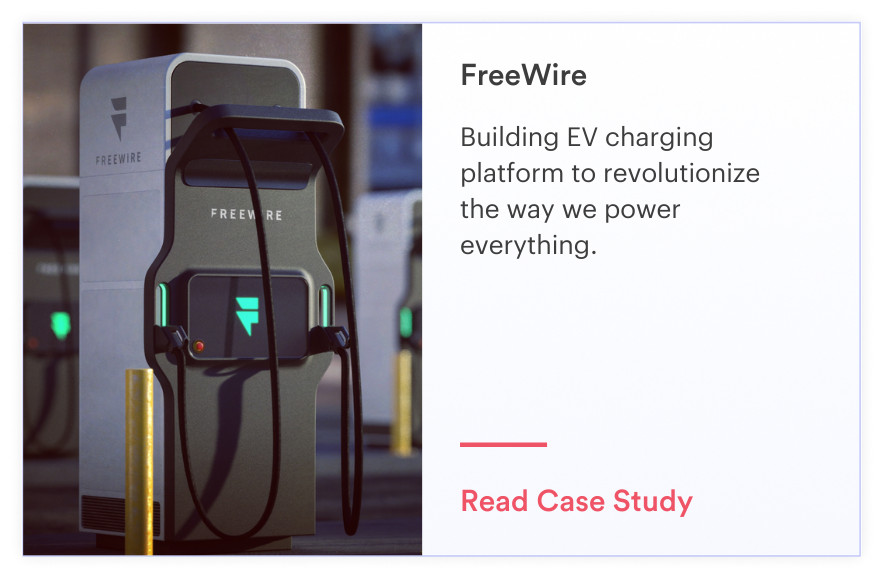CarSaver: A complete one-stop solution for all your car buying requirements
Category: Automobile/SaaS
Services: Managed Engineering Teams, Resilience, Data Recovery Planning and Implementation, Fault Tolerance, DevOps, Cloud Architecture Design, and review.



